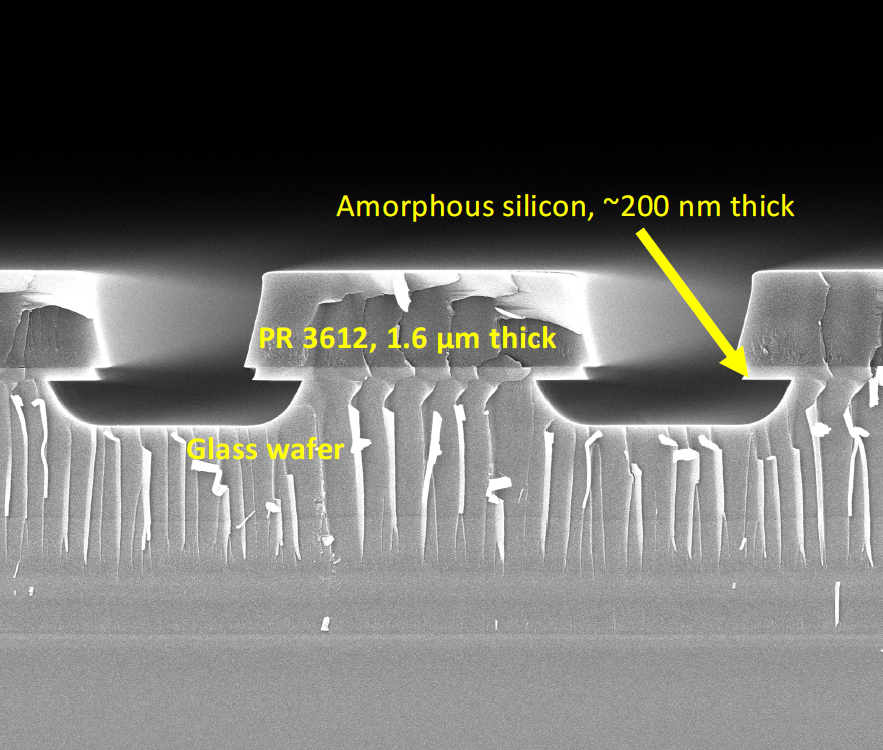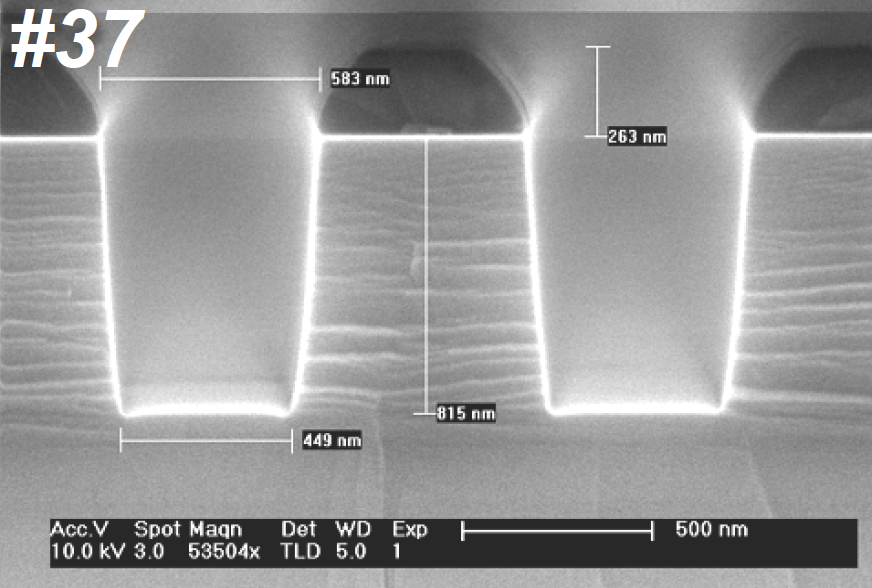
- English
- Español
- Português
- русский
- Français
- 日本語
- Deutsch
- tiếng Việt
- Italiano
- Nederlands
- ภาษาไทย
- Polski
- 한국어
- Svenska
- magyar
- Malay
- বাংলা ভাষার
- Dansk
- Suomi
- हिन्दी
- Pilipino
- Türkçe
- Gaeilge
- العربية
- Indonesia
- Norsk
- تمل
- český
- ελληνικά
- український
- Javanese
- فارسی
- தமிழ்
- తెలుగు
- नेपाली
- Burmese
- български
- ລາວ
- Latine
- Қазақша
- Euskal
- Azərbaycan
- Slovenský jazyk
- Македонски
- Lietuvos
- Eesti Keel
- Română
- Slovenski
- मराठी
- Srpski језик
What are the Pros and Cons of Dry Etching and Wet Etching?
1. What are Dry and Wet Etching?
Dry etching is a technique that does not involve any liquid, instead using plasma or reactive gases to etch the solid material on the wafer surface. This method is indispensable in the production of most chip products, such as DRAM and Flash memory, where wet etching cannot be used. Wet etching, on the other hand, involves the use of liquid chemical solutions to etch the solid material on the wafer surface. While not universally applicable to all chip products, wet etching is widely used in wafer-level packaging, MEMS, optoelectronic devices, and photovoltaics.
2. What are the Characteristics of Dry and Wet Etching?
First, let’s clarify the concepts of isotropic and anisotropic etching. Isotropic etching refers to an etching rate that is uniform in all directions on the same plane, similar to how ripples spread uniformly when a stone is thrown into calm water. Anisotropic etching means the etching rate varies in different directions on the same plane.

Wet etching is isotropic. When the wafer comes into contact with the etching solution, it etches downward while also causing lateral etching. This lateral etching can affect the defined line width, leading to significant etching deviations. Thus, wet etching is challenging to control precisely for etching shapes, making it less suitable for features smaller than 2 micrometers.

In contrast, dry etching allows for more precise control of the etching shape and offers more flexible etching methods. Dry etching can achieve both isotropic and anisotropic etching. Anisotropic etching can produce tapered (angle <90 degrees) and vertical profiles (angle ≈90 degrees).
To summarize:
1.1 Advantages of Dry Etching (e.g., RIE)
Directionality: Can achieve high directionality, resulting in vertical sidewalls and high aspect ratios.
Selectivity: Can optimize etching selectivity by choosing specific etching gases and parameters.
High Resolution: Suitable for fine features and deep trench etching.

1.2 Advantages of Wet Etching
Simplicity and Cost-Effectiveness: Etching liquids and equipment are generally more economical than those used for dry etching.
Uniformity: Provides uniform etching across the entire wafer.
No Complex Equipment Needed: Typically only requires a dipping bath or spin-coating equipment.
3. Choosing Between Dry and Wet Etching
First, based on the process requirements of the chip product, if only dry etching can accomplish the etching task, choose dry etching. If both dry and wet etching can fulfill the requirements, wet etching is generally preferred due to its cost-effectiveness. If precise control over line width or vertical/tapered angles is needed, opt for dry etching.

However, certain special structures must be etched using wet etching. For instance, in MEMS, the inverted pyramid structure of etched silicon can only be achieved through wet etching.**




